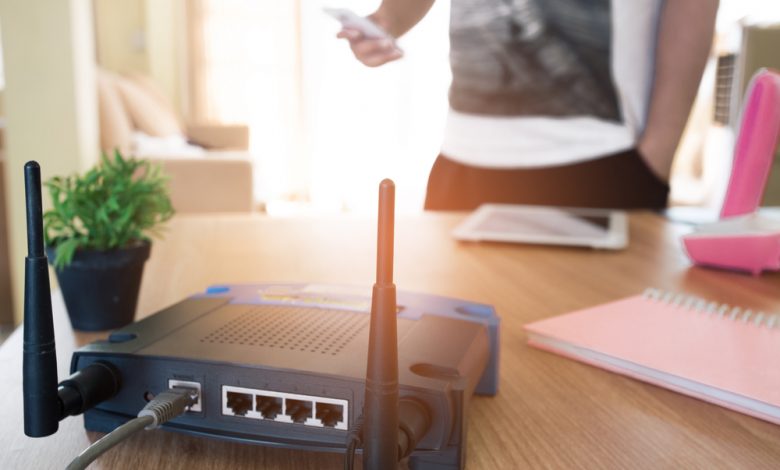What to Look for When Choosing a Wifi Repeater?

There are a few key points to look for when choosing a WiFi repeater. I will try to talk briefly but as informative as possible about each of them.
Supported range (2.4 GHz and 5 GHz)
Repeaters, like routers, come in single-band (2.4GHz only) and dual-band (2.4GHz and 5GHz bands supported). It usually says “Dual Band”, “AC” on the box or in the description. Amplifiers that support 5 GHz have support for the 802.11ac WiFi standard. A dual-band repeater can connect to a router on two bands at once. For example, it can use both the 2.4GHz and 5GHz frequencies. Or it can connect to a router at 2.4 GHz only and broadcast two WiFi networks at 2.4 GHz and 5 GHz.
Choosing a 2.4 GHz and 5 GHz WiFi Signal Repeater
It makes sense to choose a dual-band WiFi signal booster, even if you now have a single-band router (it only works on 2.4 GHz). Since you will be able to get a 5 GHz network (which will probably have higher speeds), well, and if you change your router to a dual-band, you won’t have to change your repeater.
In 2020 – 2021, I recommended buying dual-band WiFi signal repeaters specifically. You can only get a single-band one if your budget to buy one is severely limited. If you have a wireless repeater then you can change the setting by Myrepeater website address easily.
Transmission speed
The specifications of the amplifier indicate the maximum transmission speed for each band (WiFi network standard). For example, at 5 GHz (802.11ac) up to 867 Mbps and at 2.4 GHz (802.11n) up to 300 Mbps. This is the maximum, theoretically possible speed. It’s not the actual speed. But the higher it is, the higher the bandwidth of the amplifier and the higher the real speed of the Internet connection will be.
Presence and speed of LAN-ports
The repeater can be equipped with Ethernet ports. Usually, it is 1-2 ports. Most often, there is only one. Some models do not have Ethernet ports at all.
Availability and speed of LAN-ports on the repeater for your home or apartment.
To connect devices to the repeater with a network cable. For example, you can connect a stationary computer to the Internet or a TV set with no WiFi. That is, the repeater distributes the Internet not only by WiFi but also by cable.
To work as an access point. It is when the repeater is connected to the router with a network cable. The main advantage of this connection is higher stability and speed (compared to a wireless connection). In addition, there must be support for the “Access Point” mode of operation. This mode is available on most devices.
As for the speed of the LAN-ports, on the more budget versions, the ports are not gigabit (up to 100 Mbit/s), and on the more expensive models, the ports are gigabit (up to 1000 Mbit/s). You also must think about RangeXTD before considering other wifi extenders. This is the best and next-generation wifi extender with more powerful features. It provides WiFi access all over your home and office, so you can easily stream videos and music in HD.




